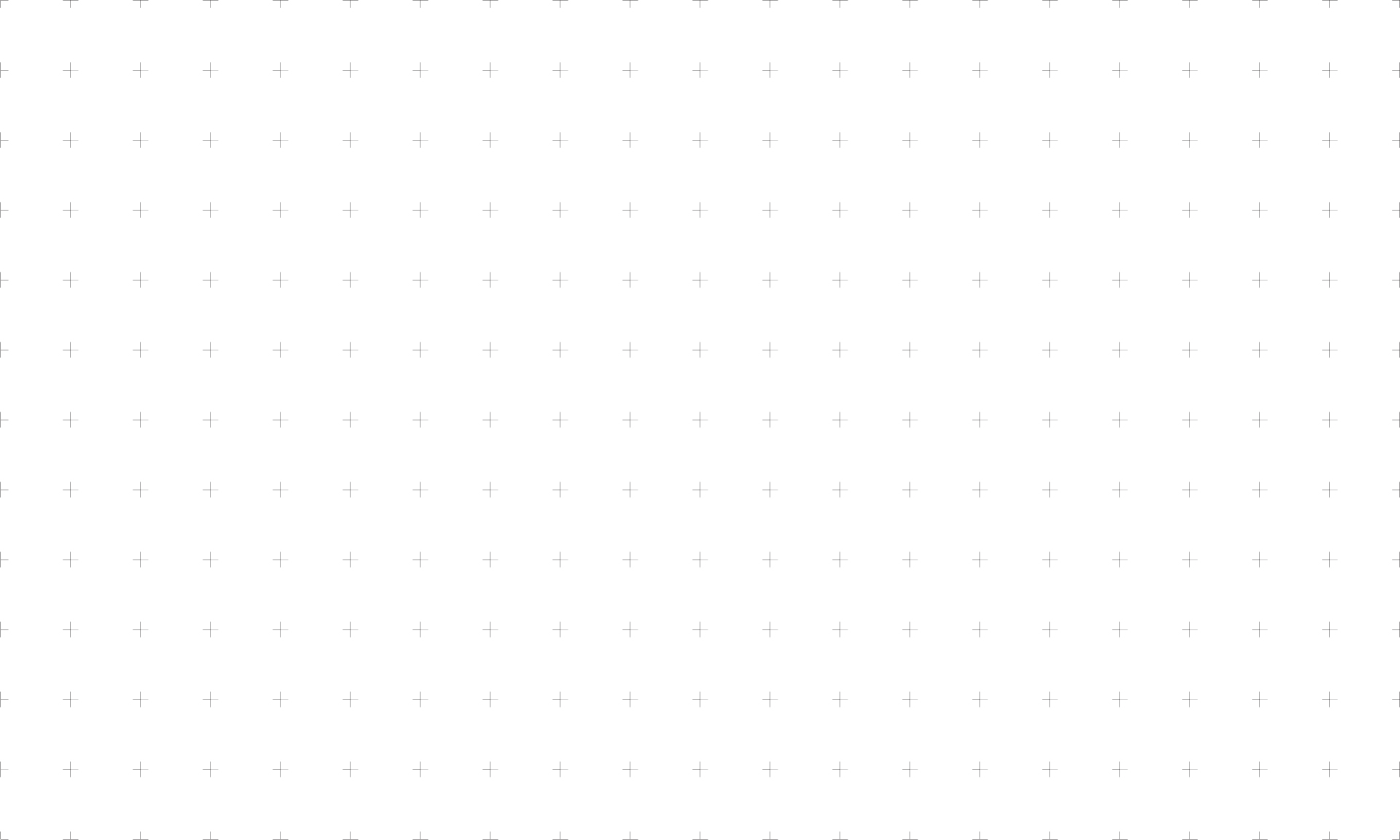
WahWah is the third and final effect addressed in this guide that is controlled by a series of values, described as follows:
LFO Freq. can be used to alter the size and spacing of the patterns a higher frequency corresponds to greater space and size.
LFO Start Phase: appears to change the location of the patterns, pushing them upwards with higher values.
Depth increases the visibility of the patterns distorting the image, in turn also affecting colour.
Resonance controls the structure of horizontal lines and the shapes of patterns within them.
Wah Freq. Offset appears to control the intricacy and numbers of repeated elements. A higher frequency equates to a higher number of repetitions. Higher values also reveal more of the original details of the image than low values. At 100%, the image appears to be unedited, suggesting that that the freq. channel may have some responsibility for splitting the image's channels and interpreting colour data.
Output gain in this instance is responsible for tonal changes in the image. Negative values will both lighten and darken areas of the image depending on how that tone responds to the value. Positive gain has the much more predictable, straight forward effect of darkening tones in the image to a grey and black threshold



























